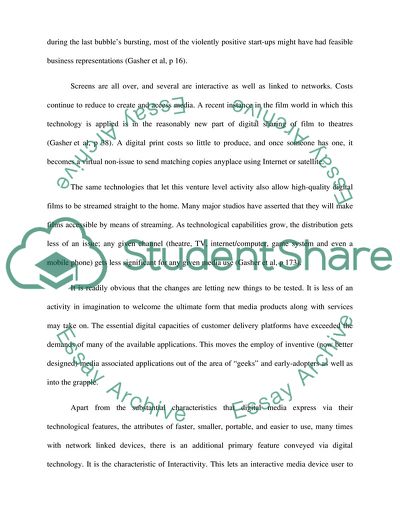Cite this document
(Mass Communication in Canada Assignment Example | Topics and Well Written Essays - 1500 words, n.d.)
Mass Communication in Canada Assignment Example | Topics and Well Written Essays - 1500 words. Retrieved from https://studentshare.org/media/1868812-mass-communication-in-canada
Mass Communication in Canada Assignment Example | Topics and Well Written Essays - 1500 words. Retrieved from https://studentshare.org/media/1868812-mass-communication-in-canada
(Mass Communication in Canada Assignment Example | Topics and Well Written Essays - 1500 Words)
Mass Communication in Canada Assignment Example | Topics and Well Written Essays - 1500 Words. https://studentshare.org/media/1868812-mass-communication-in-canada.
Mass Communication in Canada Assignment Example | Topics and Well Written Essays - 1500 Words. https://studentshare.org/media/1868812-mass-communication-in-canada.
“Mass Communication in Canada Assignment Example | Topics and Well Written Essays - 1500 Words”, n.d. https://studentshare.org/media/1868812-mass-communication-in-canada.


